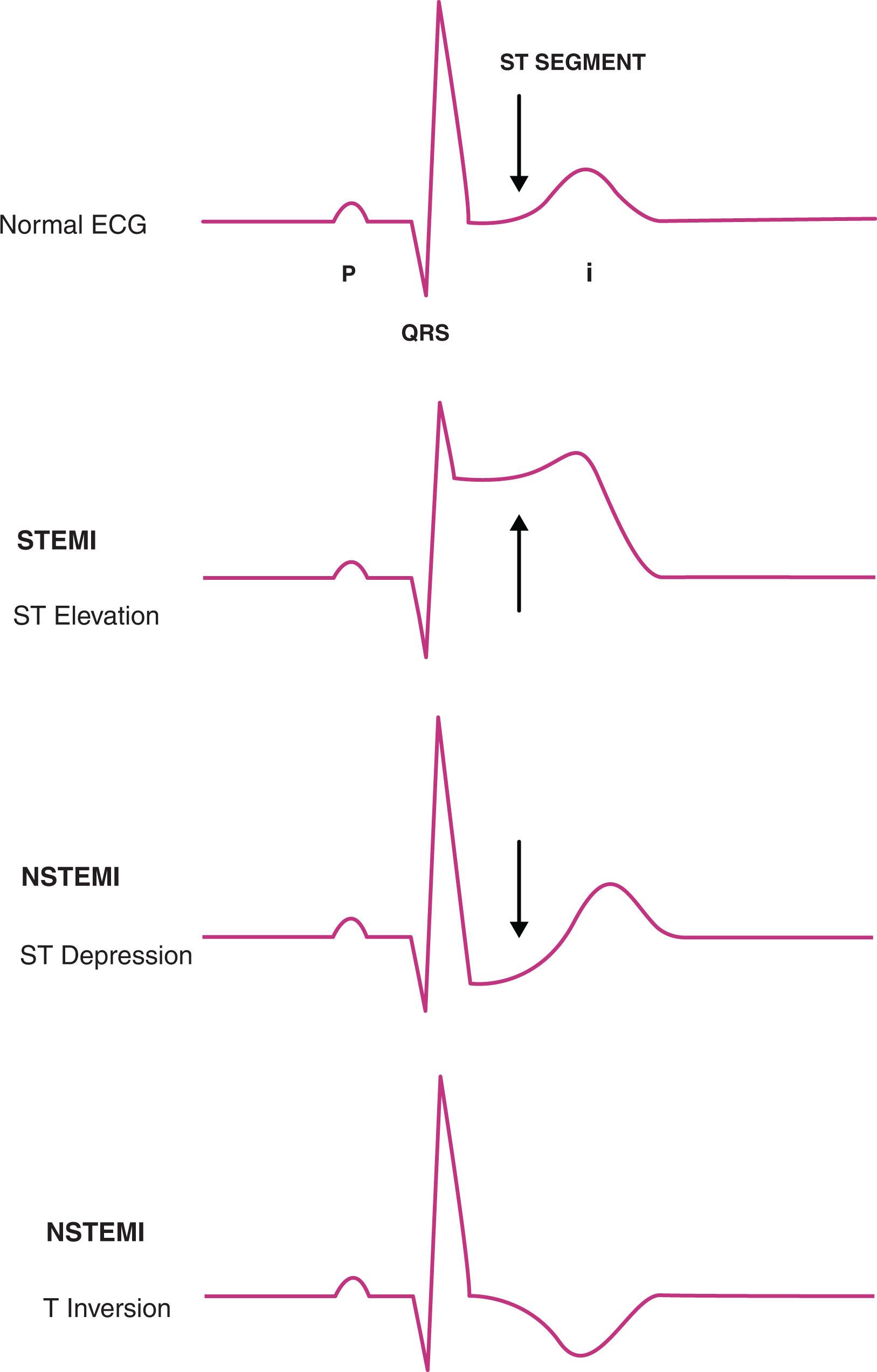Physical Address
304 North Cardinal St.
Dorchester Center, MA 02124
A rapid response event was initiated by the bedside nurse for sudden onset chest pain. On prompt arrival of the rapid response team (RRT), it was noted that the patient was a 59-year-old male with a known history of bronchial asthma, coronary artery disease who had a coronary artery bypass graft eight years ago, and coronary stent placement five years ago. The patient was admitted to the hospital two days ago for an asthma exacerbation. A few minutes before this RRT event, the patient complained of acute onset, severe, substernal, crushing chest pain that was ten out of ten in intensity, and was radiating to his left shoulder. He was also diaphoretic and was feeling nauseated but did not vomit.
Temperature: 98.4 °F, axillary
Blood Pressure: 170/90 mmHg
Pulse: 110 beats per min (bpm) – sinus tachycardia on telemetry
Respiratory Rate: 14 breaths per min
Pulse Oximetry: 97% on room air
The patient was a middle-aged diaphoretic male in moderate distress because of chest pain. Appropriate personal protective equipment was established, and the patient was examined. His cardiovascular exam was notable for tachycardia with normal heart sounds; no murmurs, rubs, or gallops were heard. No jugular venous distension or pedal edema was noted. There was no chest wall or epigastric tenderness. A change in position or movement of his upper extremities did not have any effect on the chest pain. His lungs were clear on auscultation. The remainder of the physical exam was unremarkable.
A stat 12-lead electrocardiogram (EKG) was obtained, which showed ST-segment elevations in lead V1-V4, I, and aVL (see Fig. 2.1A for ST-segment morphologies in acute coronary syndrome [ACS], and Fig. 2.1B for EKG tracing of anterior wall ST-elevation myocardial infarction [STEMI]). These changes were new compared to patient’s EKG at admission. Sublingual nitroglycerin was administered. Stat troponin I level, basic metabolic panel (BMP), brain natriuretic peptide (BNP), and magnesium levels were obtained and were all normal. A stat cardiology consult was arranged, the diagnosis of STEMI was confirmed, and the cardiac catheterization lab was activated. The patient was given a loading dose of 324 mg chewable aspirin and 300 mg of clopidogrel. A heparin drip was started, and the patient was taken to the lab for a successful percutaneous coronary intervention and was subsequently admitted to the coronary care unit.

Become a Clinical Tree membership for Full access and enjoy Unlimited articles
If you are a member. Log in here